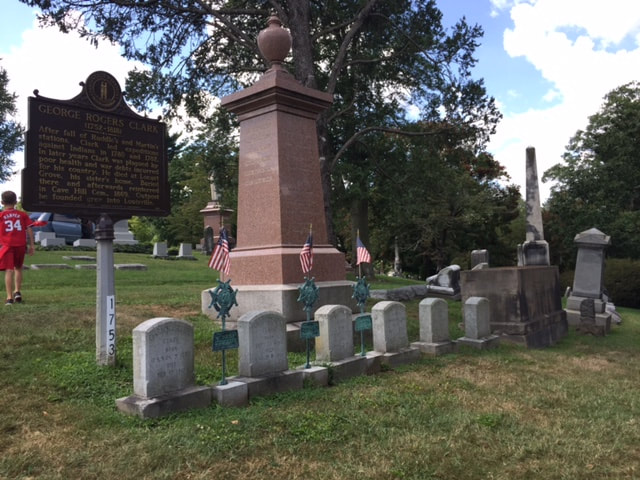 Jonathan and his wife Sarah Hite Clark lie in the center of six Clark family graves fronting a family monument at Louisville's Cave Hill Cemetery. Flags adorn the graves of Jonathan, George, and Edmund, who fought in the Revolutionary War. Their famous younger brother, William, is buried in St. Louis, Missouri. (Author)
29 Comments
5/23/2021 04:36:36 pm
There's a wonderful book about this whole family, From Sea to Shining Sea, by James Alexander Thom. It's historical fiction, but very heavy on the history.
Reply
Wesley Prichard
5/23/2021 10:38:05 pm
97 Clark's in my Genaology. Ann Roger's Clark is my 9th Great Grandma.
Reply
Melinda Anderson
2/27/2022 02:21:45 pm
Hi Wesley, Ann Rogers Clark is almost my great grandmother. I descend from Frances Eleanor, Ann’s youngest. It’s nice to meet more cousins!
Reply
Jesse Baggett
10/7/2022 08:57:14 am
She is my 6th great grandma
Reply
KARIN vasseur
12/17/2023 05:58:48 pm
Imy great uncle is William Clark .my be family members too you
Reply
Julie Kendall
9/9/2021 12:50:49 pm
According to my research and family documents, I am a direct descendant of Captain Johnathan Clark. I've lived most of my life not knowing the Clark family history. Now I am overjoyed with this new found knowledge. I will continue my research and hope to travel to these historic sites. I reside right now in southern Oklahoma.
Reply
9/9/2021 10:16:14 pm
That's fantastic! One of the great families of American history! I'll add you to the descendants page and I hope you'll sign up for updates if you haven't already!
Reply
JULIA (Clark) Kendall
9/9/2021 10:46:27 pm
Thank you so much. I plan to do some DNA testing as well. This is very exciting and surreal.
Teresa Clark
2/12/2023 12:59:59 pm
Hello, I am Teresa Clark, Jonathan Clark is my great x4 grandfather. I've, so far, been able to trace my Clark family back to Mary Elizabeth Lumpkin and a Jonathan Clark 1665 - unknown
Jesse Baggett
10/7/2022 08:55:09 am
He is my 5th great grandfather
Reply
Michelle Shreve
11/12/2021 10:12:30 am
I am a descendant of John Clarke, Jr., born 27 Feb 1764 in Henrico Co., VA, died 25 Jan 1839 in Washington Co., KY. He fought in the Am. Revolution and is a proven Patriot with the Daughters of the American Revolution. I have a book excerpt that says he is the "son of Captain John Clark/Clarke of the Virginia line". I would love to know for sure if he is the son of John Clark described on this page. If anyone has solid evidence of this, please contact me at [email protected]. Thank you!
Reply
Michelle Shreve
11/12/2021 10:18:05 am
Okay, I just looked at the birth date for Jonathan Clark and it's obvious he could not be the father of my John Clarke, Jr. How disappointing!
Reply
Melinda Anderson
2/27/2022 02:19:29 pm
Hi Michelle. John Clark (1729-1799) did have a son named John Clark. Son John died in 1783 not long after he was released from a British prison ship. He’s not yet a proven DAR Patriot as he never married and had no children that I am aware of.
Robert Hill
1/31/2022 03:09:05 pm
Thank you for the great information. Jonathan is my fifth Great Grandfather.
Reply
Clay Wahlgren
3/11/2022 07:00:53 pm
Johnathan Clark was my 5th great grandfather, making William Clark my 5th Great uncle. I discovered this several years ago as my great grandmother was Louisa Clark who is buried in the Colfax, Washington cemetery in 1940. I have a lot of information on my Clark lineage.
Reply
Gary Clark
5/7/2022 12:06:16 am
I am a descendant of Drury Clark. He was born 1775 in North Carolina.
Reply
Gabe Neville
5/7/2022 12:37:16 am
Afraid not. I'm pretty confident that General Clark never lived in NC.
Reply
kim vidas
6/11/2022 12:31:10 am
my two brothers and i are all directly descended, through my mom, born marjorie geraldine greene, from john clark, through eight generations. i had no idea that one of his brothers was the clark in "lewis and clark." geez. i'm going to have to light a fire under MY brothers. they need to play catch up! meanwhile ... wow, look at all of you distantly related people! nice to sort of meet you. :) be well!
Reply
Jennifer Jansen
7/13/2022 11:14:37 am
Ann (Rogers) Clark - not pictured- is the mother of Ann (Clark) Gwathmey, Lucy (Clark) Croghan, and George Rogers Clark, among others.
Reply
7/19/2022 12:58:39 am
My father was a slave in Savannah Georgia and has a brother name George William Clark my father name is Martin Luther Clark his nephew is Ruby Clark we have family in Ohio Ethel Clark
Reply
Cindy L. Clark
2/12/2023 07:18:31 pm
My Grandmother was Ethel (Penley) Clark, who became Ethel Arnold, when her husband James Elmer Clark passed. She lived most of her life in Ohio, and was born in Rose Hill, VA
Reply
Jim Thunder
10/10/2022 10:21:40 am
I live a 3-minute walk from an historical marker at the junction of 250 and 20 just east of the Rivanna River. The river marks the easternmost boundary of Charlottesville. The marker is for George Rogers Clark who was born one mile north. (Presumably much of the family was born there. They lived there from at least 1750 to 1756.) Also, downtown Charlottesville had/has a large statue of William Clark and Lewis and Sacajawea. The statute was taken down recently on the basis that it showed the woman in a subordinate position. The statue is at least temporarily on the site of the Lewis & Clark Expedition building. The statue has her name, and only her name, on it. Historians say she is shown low to the ground in the posture of tracking for animals. I haven't driven by to see if the base of the statue remains in its original location.
Reply
I have been often told that Clark the explorer is my great-great-great uncle and my great (3x) grandmother birthed a son born to him, She is Cherokee and descendants live in VA (est virginia, sorry my doesnt ork) . Some of my descendants include Lucetta Clark. Any info is greatly appreciated!
Reply
Margaret
12/23/2022 10:28:32 am
My moms, grandparents were Charles and Mary Cifer Clark, from what I understand he was the great grandson of William Clark, my moms maiden name is also Clark. Mom has always loved to hunt,fish,grow a garden and work outside, she is 90 now.
Reply
William D Jonas
12/29/2022 11:44:24 pm
Richard Clough Anderson is my Great Grand Uncle 6x. The Clarks ended up near soldiers retreat in kentucky on the headwaters of Bear Grass Creek (Now Hurstbourne) after the Revolution. 3 of the Clark brothers were imprisoned with Richard during the War of the Revolution. Richard taught William how to survey and it was Richards equipment used on the Lewis and Clark expedition. Another neighbor while located in Virginia at Goldmines was Patrick Henry. There is so much more to tell but so little space.
Reply
Robert Allen Clark II
1/4/2023 12:15:04 am
I am Robert Allen Clark II heir to the Louisiana territory and gulf of Mexico and owner of Indiana Ohio Washington state New York Maine.
Reply
Rachel Reed
5/31/2024 10:02:59 am
I was recently told that William Clark is my 9x great grandfather. I have been looking into this and so far haven't gotten much headway to how my moms mom is related when that side of the family is Greek immigrants. There is clearly a gap in the family tree that I am not seeing, although I would love to know who is who and when we were all tied together! Thank you for any help in advance!!! I love to explore just as William did with Lewis!
Reply
Leave a Reply. |
Gabriel Nevilleis researching the history of the Revolutionary War's 8th Virginia Regiment. Its ten companies formed near the frontier, from the Cumberland Gap to Pittsburgh. Categories
All
Archives
June 2024
© 2015-2022 Gabriel Neville
|
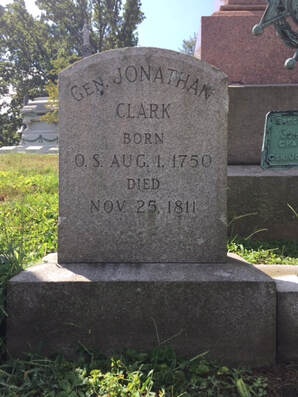
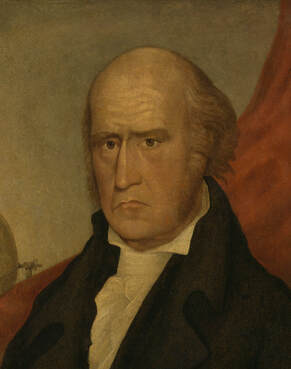
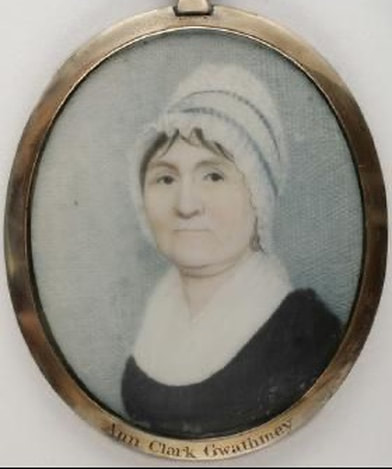
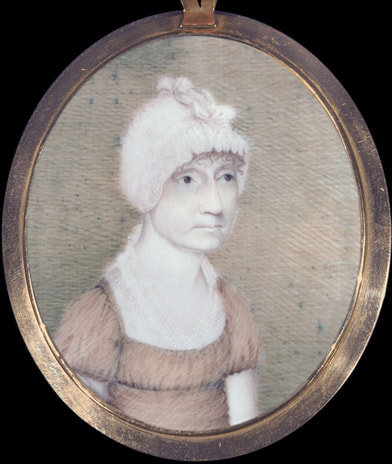
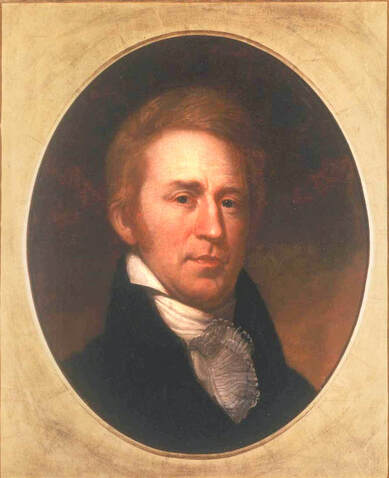
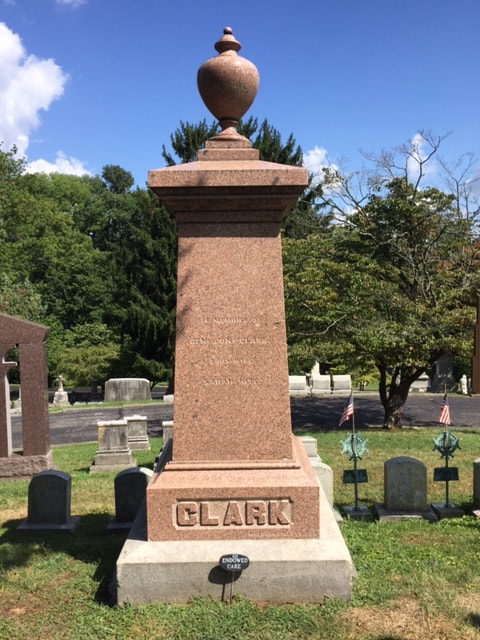
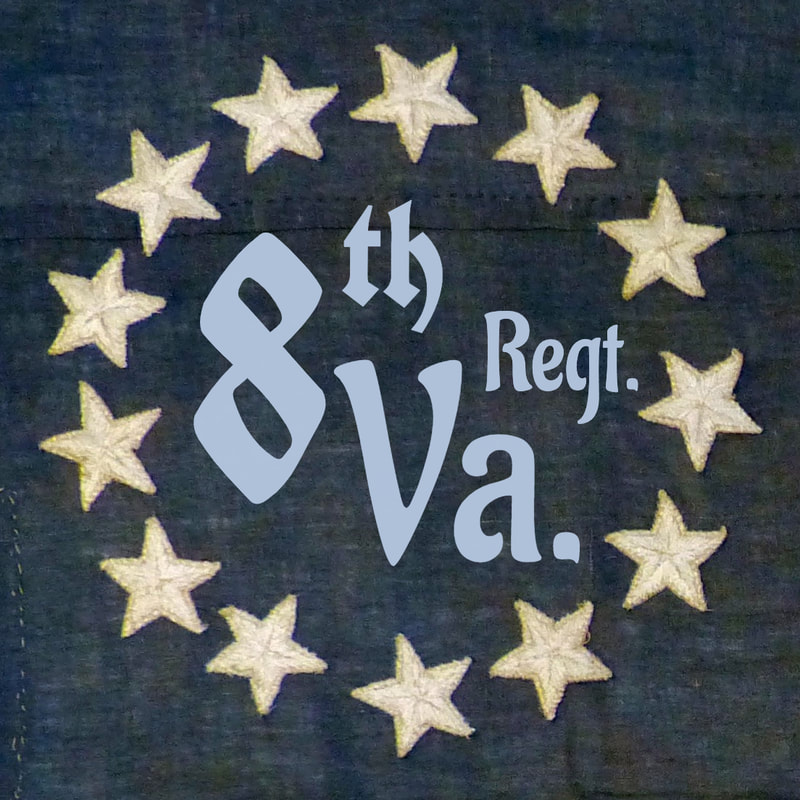
 RSS Feed
RSS Feed